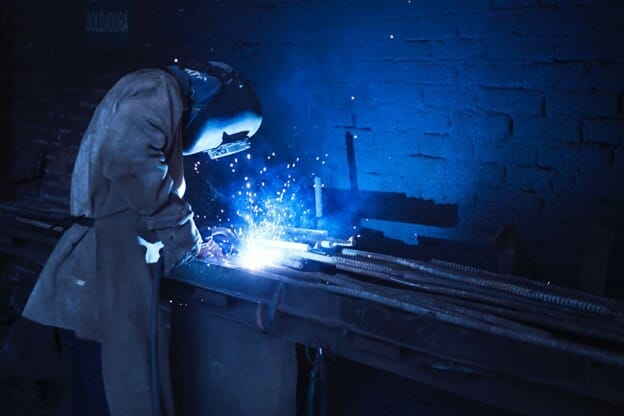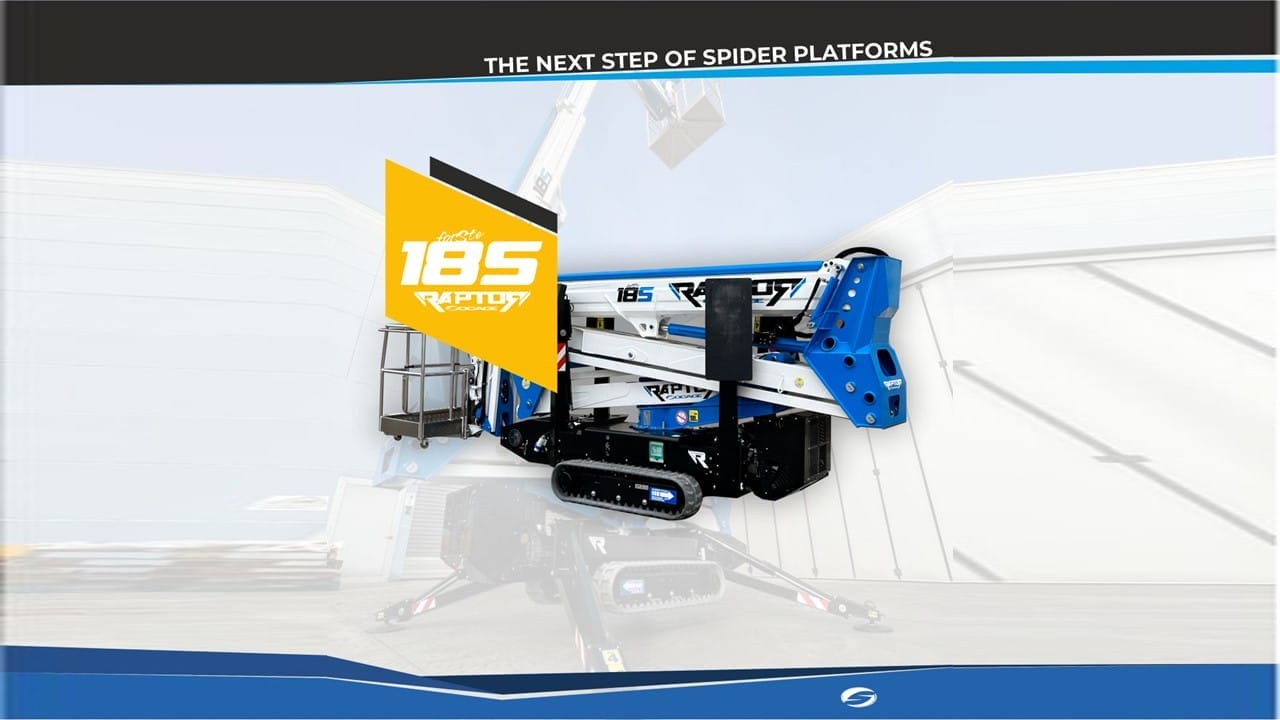Plant Maintenance Best Practices
Manufacturing plants—like any machine—need regular maintenance to keep working as well as they can. Taking steps to maintain your plant properly will save you money in the long run by preventing unexpected breakdowns and allowing you to catch problems before they become costly disasters. If you’re responsible for maintaining a manufacturing plant, here are a few best practices that can help you do your job better:
1. Schedule Maintenance Properly
The best practice is to schedule maintenance before it’s needed. It reduces the chances of unexpected downtime, safety hazards, environmental damage, and other negative consequences if you neglect your equipment.
And if you’re not sure when it’s time for maintenance, consider using an automated tool that will alert you when preventive maintenance is required. You can also ask a reputable service provider about their recommendations for your specific equipment type; they’ll be able to tell you what kind of preventive measures are best suited for your needs.
2. Consider Using Enterprise Resource Planning Software
With the growing complexity of industrial plants and equipment, it isn’t easy to track all maintenance data manually. It’s where enterprise resource planning (ERP) software can help you manage all maintenance activities in an integrated manner.
Here are some ways in which ERP software can help you manage maintenance management:
- Centralized Database: ERP software provides a centralized database for all maintenance-related information such as equipment type, vendor details, and service history. It allows you to have complete visibility over the entire maintenance process from start to end and make informed decisions based on the available data.
- Integrated Workflow: ERP for maintenance management provides an integrated workflow for managing all aspects of maintenance, from scheduling to execution and invoicing. You can configure different workflows based on equipment type or location to segregate activities into different groups for better organization and control over each activity within your organization.
- Improved Efficiency: With access to real-time data through dashboards at all levels within your organization, you can improve efficiency by eliminating bottlenecks or delays due to a lack of awareness among departments regarding scheduled events.
The right ERP system can make all the difference in your plant maintenance efforts. It’s essential to choose a system that meets your needs and will help you get the most out of your maintenance department.

3. Use A Plant Management Database
A plant management database is a tool that allows you to track all of your plants, their locations, and what they’re worth.
If you’re like most growers, your operation has many different types of plants in many production facilities. A plant management database can help you keep track of these plants and their locations so that when you need them for a new project or job, they’re ready to go.
A good plant management database will also allow you to easily update the information about each plant (i.e., its type, location) as needed so that it’s always up-to-date with respect to how much money it’s worth at any given time. It makes it easier for people interested in buying from you or purchasing other assets from your business, as well as those who may be considering investing in expanding operations within company real estate (if applicable).
4. Use Machine Learning For Predictive Maintenance
Machine learning is a form of artificial intelligence that helps you understand how your equipment works and predict its behavior. Thus, machine learning can be used to predict when is your machinery will fail or need maintenance.
Machine learning algorithms are trained on historical data and make predictions based on the patterns identified in the data. They are capable of making accurate forecasts without human intervention, helping you save time and money by not having to rely on manual inspections anymore!
5. Train Your Team In Essential Maintenance Skills
Training is essential for all employees regardless of their experience level. The more skilled your team, the better they can do their jobs, and the less time it will take them to complete any task. The result is a more effective and efficient business.
Training also helps ensure that everyone knows what they are doing, which cuts down on mistakes being made. If something goes wrong with a team member’s work due to a lack of training, then you need to consider whether that team member should be working for you in the first place or not. It may be cheaper to hire someone else than pay for repairs from a mistake made by an untrained individual!
Training also ensures that everyone is doing their job properly and safely, so there are no accidents or injuries due to unsafe practices being followed by employees who have not been trained properly yet. Finally, having employees who have been trained on maintenance tasks will save money because they won’t need as much supervision or oversight; instead, they’ll be able to work independently after completing their training course(s).
Conclusion
Hopefully, this article has convinced you that maintaining your plant is worthwhile. In an age where every second counts and every dollar must be stretched, it pays to invest in a maintenance system that runs smoothly.
Taking steps to maintain your plant will save you money in the long run. It’ll reduce downtime, which means reduced maintenance costs and increased productivity. By increasing efficiency and safety, you’ll be able to improve quality, plant life, and plant efficiency as well.












